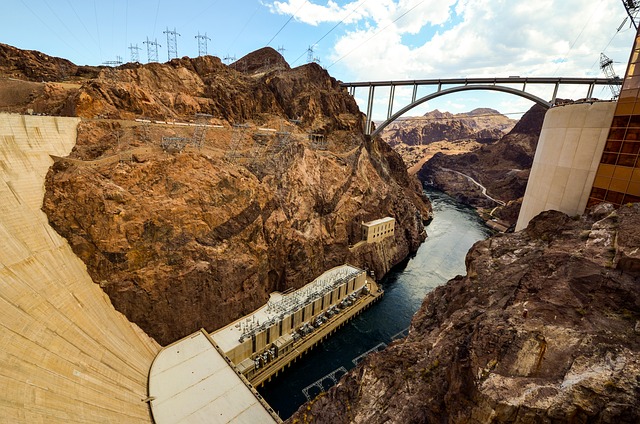Checking Out the Crucial Function of Consulting Engineers in Geotechnical Projects: A Detailed Introduction of Their Contributions and Obligations
Consulting engineers offer as critical figures within geotechnical tasks, tasked with the detailed responsibilities of analyzing subsurface problems and guaranteeing the architectural honesty of buildings. As we explore the multifaceted contributions of getting in touch with engineers, it comes to be evident that their participation is important to browsing the difficulties intrinsic in geotechnical undertakings.
Summary of Geotechnical Design
Geotechnical engineering is a crucial discipline within civil design that concentrates on the actions of planet materials and their communication with structures. This field incorporates the research of soil, rock, groundwater, and the mechanics governing their homes and habits. Geotechnical engineers analyze the physical and chemical residential or commercial properties of these materials to determine their viability for various building and construction jobs, making sure that structures are started on steady and trustworthy ground.

In addition, geotechnical designers should take into consideration ecological elements, such as soil contamination and groundwater administration, to promote lasting development. Their experience is vital in enhancing the style and building and construction procedures, inevitably contributing to the longevity and security of civil design tasks.
Trick Responsibilities of Consulting Engineers

Furthermore, they are accountable for establishing layout specifications and specs that follow regulative standards and finest methods. This includes evaluating website conditions and determining ideal building and construction techniques, which is vital for reducing dangers linked with ground instability.
Consulting engineers likewise function as intermediaries between different stakeholders, including clients, professionals, and governing bodies, promoting clear communication and partnership throughout the project lifecycle. consulting civil engineering companies. They give expert advice throughout building, ensuring that geotechnical facets are sufficiently addressed and that any unexpected challenges are taken care of efficiently. Inevitably, the multifaceted obligations of getting in touch with designers are essential to the stability and success of geotechnical tasks, affecting both safety and sustainability in building methods
Website Evaluations and Investigations
A thorough website analysis is important for comprehending the subsurface conditions that affect geotechnical jobs. Consulting designers play an essential duty in carrying out these evaluations to make certain the safety and security and practicality of building and construction tasks. This process commonly includes a series of investigations, including dirt tasting, borehole drilling, and geophysical surveys, to this post collect crucial data on soil buildings, groundwater levels, and the geological context of the site.
Engineers assess the obtained data to identify the prospective obstacles positioned by the subsurface problems, such as dirt instability or try this web-site high groundwater levels, which can influence the design and implementation of the job. Furthermore, site evaluations assist in reviewing the visibility of pollutants, which is essential for environmental compliance and making sure public safety.
Furthermore, seeking advice from engineers collaborate with multidisciplinary teams to integrate findings from site investigations right into wider job goals. Via strenuous paperwork and reporting, they supply essential understandings that inform stakeholders concerning the viability of the website for suggested advancements. Eventually, the thoroughness of site analyses lays the structure for effective preparation and engineering remedies, mitigating dangers connected with unforeseen subsurface problems.
Style and Risk Administration
After carrying out thorough site evaluations, speaking with designers concentrate on the style and risk management aspects of geotechnical projects. This stage is important as it ensures that the engineered services are not just reliable but additionally safe and sustainable (consulting civil engineering companies). Engineers utilize their expertise to create layouts that address the specific geotechnical conditions determined throughout the website evaluations, including dirt residential or commercial properties, groundwater habits, and prospective threats
Threat management is integral to this procedure, as it involves recognizing, examining, and mitigating prospective dangers related to the job. Engineers use various logical methods and modeling strategies to anticipate the actions of dirt and rock under different loading problems. By assessing uncertainties and potential failing settings, they can recommend next page layout adjustments that boost security and reduce threat.
Moreover, consulting designers ensure conformity with relevant codes and standards, which are necessary for lessening responsibilities. They additionally prepare contingency strategies to address unanticipated challenges that might arise throughout building. Through precise layout and positive threat administration, getting in touch with engineers play a vital duty in making certain the safety, capability, and durability of geotechnical tasks, ultimately adding to the overall success of the building undertaking.
Partnership With Job Stakeholders
Reliable collaboration with task stakeholders is crucial for the success of geotechnical projects. Consulting designers play a crucial function in helping with communication amongst different events, including clients, contractors, governing authorities, and ecological specialists. This partnership ensures that all stakeholders have a clear understanding of job purposes, timelines, and potential dangers.
Consulting designers are in charge of incorporating stakeholder input into the layout and implementation of geotechnical options - consulting civil engineering companies. By actively involving with stakeholders, they can recognize concerns early in the project lifecycle, allowing timely modifications and mitigating prospective conflicts. This proactive technique not only promotes count on but also enhances project efficiency
Moreover, getting in touch with designers must navigate the complexities of regulative conformity, guaranteeing that all geotechnical practices straighten with lawful and environmental requirements. Their proficiency around is crucial in keeping open lines of interaction with regulatory bodies, consequently helping with smoother approvals and permitting processes.
Verdict
